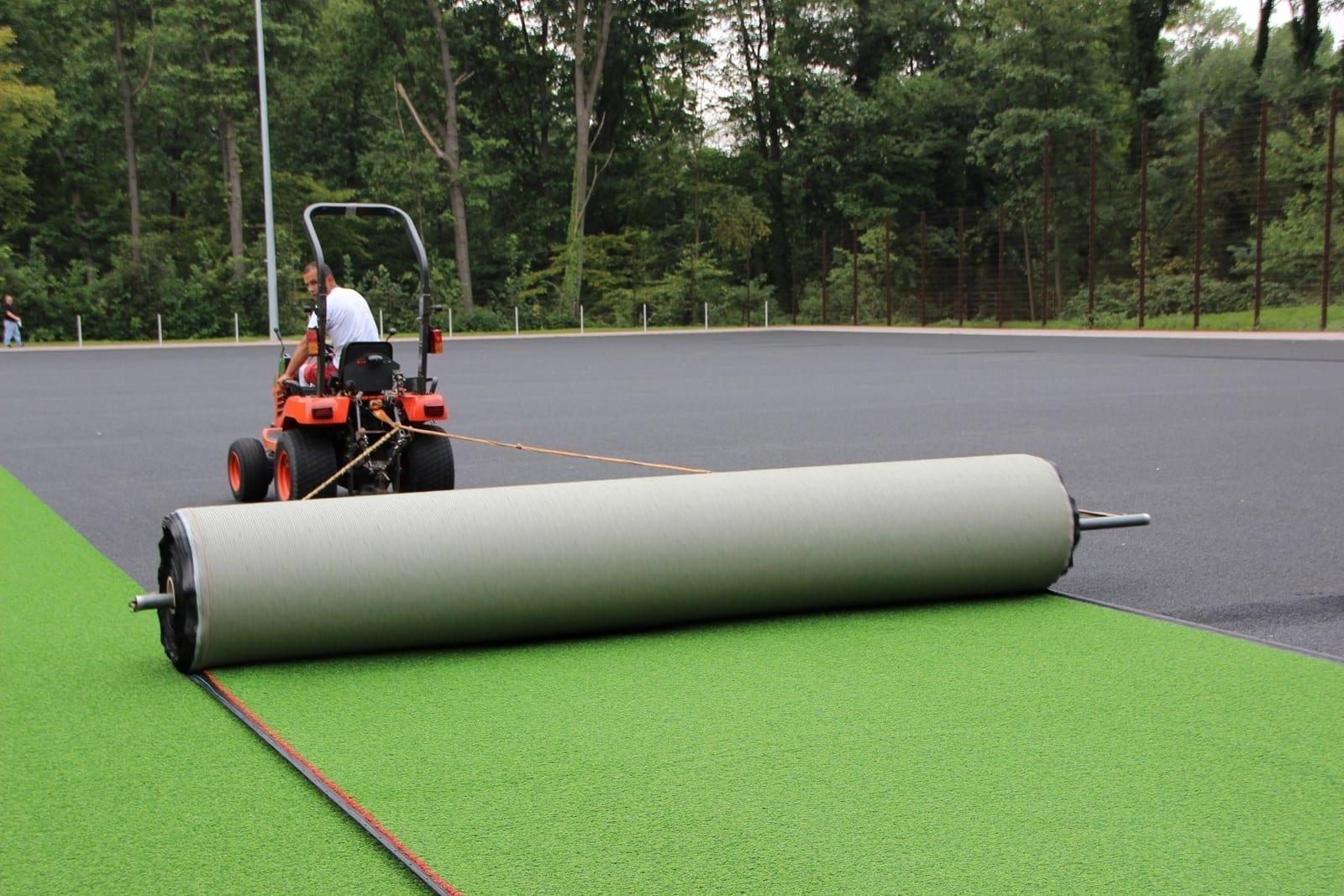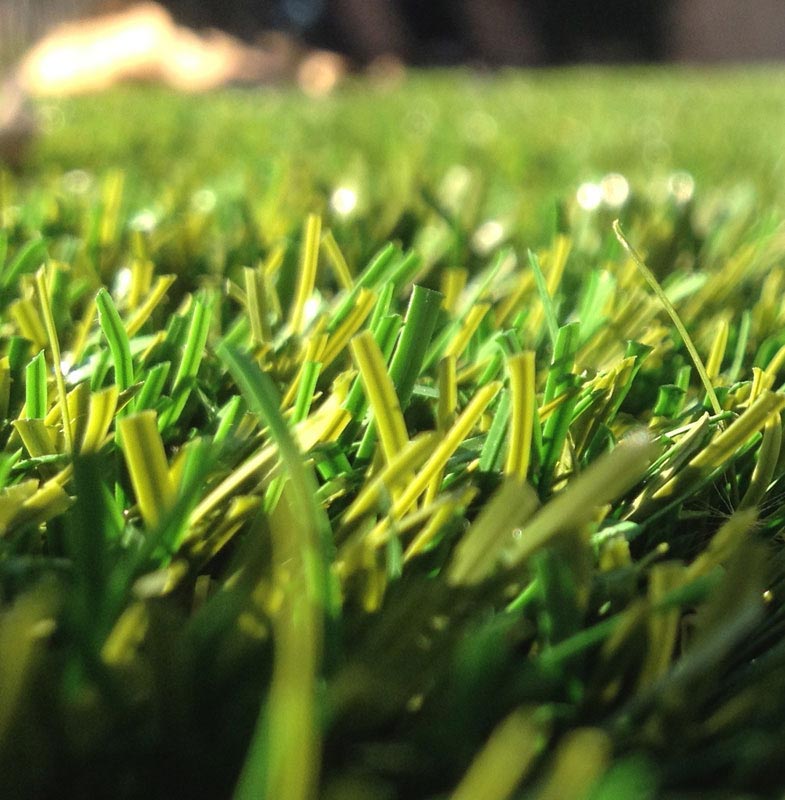Top Arizona Turf Providers Ensuring a Lifelike Lawn Alternative
Wiki Article
Delve Into the Environmental Advantages of Opting for Synthetic Grass Solutions
The fostering of synthetic grass remedies offers an engaging possibility to address pushing environmental obstacles. By substantially reducing water use and lessening the application of harmful chemicals, these options not just promote lasting landscaping but also protect neighborhood ecological communities. The reduced carbon footprint linked with reduced maintenance activities contributes to a much more sustainable technique to land management. However, the ramifications of these advantages expand beyond simple conservation initiatives, elevating concerns concerning their long-lasting impact on habitat conservation and total environmental balance. Exploring these dimensions discloses a complex interaction worth thinking about.Water Conservation Perks
Among one of the most substantial advantages of synthetic grass is its capability to conserve water. Conventional lawn yards need significant irrigation, especially in areas prone to dry spell or water limitations. On the other hand, synthetic grass does not need watering, considerably reducing the overall demand for water sources. This feature is particularly advantageous in deserts where water deficiency is a pressing concern.By getting rid of the demand for regular watering, man-made lawn adds to lasting landscape practices and assists mitigate the environmental effect of excessive water usage. The preservation of water extends to the reduction of drainage, which can lead to soil disintegration and waterway air pollution.
Furthermore, the installment of synthetic grass enables towns and house owners to allocate water sources much more efficiently, concentrating on crucial usages such as drinking water and farming. The change in the direction of fabricated lawn not just advertises accountable water use however likewise lines up with broader environmental goals targeted at preserving natural sources.
As neighborhoods progressively focus on sustainability, the water conservation benefits of synthetic grass present an engaging case for its fostering in business and residential landscaping jobs.
Decreased Chemical Use
The shift to synthetic grass dramatically decreases the reliance on chemical treatments generally made use of in all-natural turf maintenance. Typical turf management typically involves the application of herbicides, plant foods, and pesticides to promote development and control parasites. These chemicals can position dangers to human health, neighborhood wild animals, and the atmosphere, adding to dirt and water contamination.In contrast, synthetic turf removes the requirement for these dangerous substances. By minimizing the release of artificial compounds right into the community, man-made turf advertises much healthier soil and water systems.
Additionally, the lack of chemical drainage associated with synthetic lawn installments aids safeguard neighborhood waterways from air pollution, supporting aquatic life and maintaining biodiversity. Arizona artificial turf. As neighborhoods increasingly focus on lasting methods, selecting synthetic grass presents a practical solution that lines up with ecological conservation objectives. With this change, homeowner can appreciate lush green spaces without jeopardizing eco-friendly wellness, leading the way for a much more sustainable future
Reduced Carbon Impact

Additionally, the installation of synthetic grass can result in considerable water preservation. Natural lawns require significant quantities of water for watering, which not just contributes to the carbon footprint associated with water removal and therapy yet also pressures local water sources. In contrast, synthetic grass needs marginal maintenance, calling for no watering, therefore dramatically lowering water usage and its linked energy prices.
In addition, the durability of fabricated lawn contributes to its decreased carbon effect. With a life-span of up to 15 years or more, the requirement for constant replacements is diminished, resulting in much less waste and lower power usage in manufacturing and dealing with standard turf options. On the whole, synthetic grass presents a sustainable alternative for ecologically conscious landscape design.
Habitat Preservation
Environment conservation is a critical factor to consider in the discussion over landscape design choices, particularly when comparing fabricated lawn to all-natural yard. All-natural turf lawns typically call for comprehensive upkeep, including the use of chemicals, herbicides, and fertilizers, which can adversely impact neighborhood environments. These chemicals can leach right into the moved here dirt and rivers, damaging native flora and fauna and interrupting neighborhood habitats.
On the other hand, synthetic grass provides an opportunity to minimize the ecological footprint of landscaping. By going with artificial yard, homeowners can reduce the interruption of all-natural habitats associated with conventional lawn treatment methods. Synthetic grass eliminates the requirement for damaging chemicals, thereby safeguarding close-by wild animals and keeping the integrity of surrounding ecological communities. The installment of artificial grass can lead to the conversion of previous yard areas right into more biodiverse landscapes, such as pollinator yards or indigenous plant locations, which can support regional wildlife.
Eventually, the transition to man-made grass not only conserves water and reduces maintenance initiatives but also cultivates a more harmonious connection in between human activities and the native environment, promoting environment preservation in the procedure.
Check This Out
Long-Term Sustainability
Long-term sustainability is a vital consider reviewing the advantages of synthetic grass over traditional turf lawns. One of one of the most significant benefits of synthetic turf is its sturdiness; it can last approximately 15-20 years with very little maintenance, whereas all-natural turf needs regular reseeding and replacement. This durability reduces the requirement for continuous resources, such as water, fertilizers, and chemicals, which are crucial for preserving a healthy yard yard.Additionally, synthetic grass adds to a reduction in carbon discharges connected with lawn care equipment. Typical yards frequently need gas-powered mowers, leaners, and blowers, every one of which contribute to air pollution. Artificial turf companies phoenix. On the other hand, synthetic grass gets rid of the requirement for such devices, promoting a cleaner environment
Moreover, the production of synthetic grass increasingly makes use of recycled products, boosting its sustainability profile. As makers adopt eco-friendly methods, the ecological impact of synthetic grass proceeds to reduce.

Verdict
The adoption of fabricated grass services provides significant environmental benefits, including significant water conservation, lowered dependence on unsafe chemicals, and a reduced carbon footprint. Moreover, man-made lawn aids in preserving natural environments by reducing land disruption and promoting long-lasting sustainability through making use of resilient materials. Collectively, these aspects highlight the possibility of artificial lawn to contribute favorably to ecological health and wellness and supply a viable alternative to typical landscaping techniques in a significantly resource-conscious globe.In comparison, man-made grass does not need watering, considerably minimizing the general demand for water sources. By minimizing the release of synthetic compounds into the community, synthetic lawn advertises much healthier dirt and water systems.
Additionally, the installation of man-made lawn can result in considerable water conservation. In contrast, synthetic lawn requires marginal upkeep, requiring no watering, thereby significantly decreasing water usage and its associated power costs.

Report this wiki page